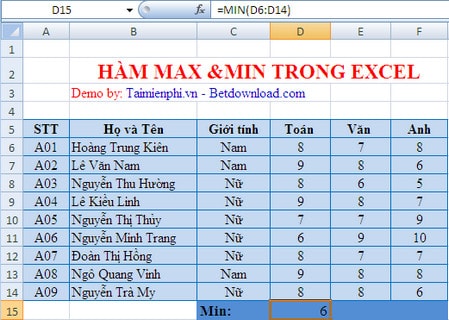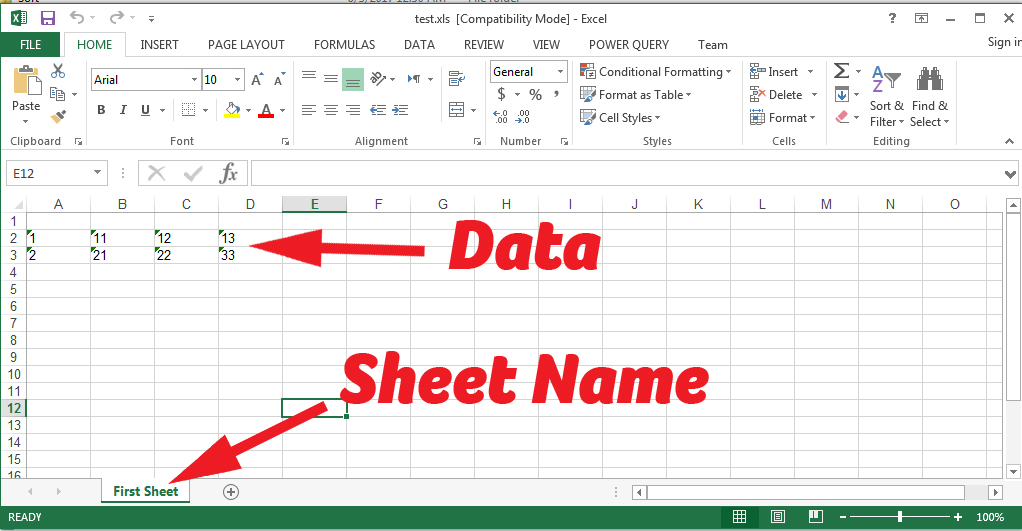Max Excel Sheets in 2010: What's the Limit?

Microsoft Excel has long been a cornerstone tool for data analysis, financial modeling, and a myriad of other tasks where data organization and manipulation are key. With the introduction of Excel 2010, users were keen to understand the enhancements, particularly the limitations around how many sheets they could work with. This post delves into the specifics of Excel 2010's capabilities regarding the number of sheets, why this limitation exists, how users can leverage these limits effectively, and what to do when the limit feels restrictive.
The Evolution of Excel

Since its inception, Excel has continuously evolved to meet user demands for more capacity and functionality. From handling basic spreadsheets to managing complex datasets, Excel 2010 marked a significant milestone in this journey.
What’s the Maximum Number of Sheets?

Excel 2010 can accommodate up to 255 worksheets in a single workbook. This limitation might seem quite high for casual users, but for analysts and companies handling large volumes of data, it’s an important boundary to recognize:
- Limit: 255 worksheets per workbook.
- Understanding the Limit: Unlike cell limits, which can reach up to 1,048,576 rows and 16,384 columns per sheet, the worksheet limit is fixed at 255.
Why Does Excel Limit the Number of Sheets?

There are several reasons why Excel limits the number of sheets:
- Performance: More sheets mean more data for Excel to manage, which can lead to slower performance, especially on older hardware or with intensive computations.
- Hardware Constraints: Memory and processing power directly affect how Excel can manage multiple sheets.
- Usability: An unlimited number of sheets could make workbooks unwieldy and difficult to navigate.
- Compatibility: Ensuring backward compatibility with older versions of Excel is crucial, as different versions might handle sheet limits differently.
Managing Large Amounts of Data

Here are several strategies to manage large datasets within the limits of Excel 2010:
- Use External Data Sources: Import data from databases, text files, or web services to manage external datasets, reducing the load on Excel.
- Consolidation: Consolidate data from multiple sheets or workbooks into one or two summary sheets for analysis.
- Spreadsheet Customization: Use VBA (Visual Basic for Applications) to create macros that handle data movement or automate data processing across sheets.
🖥️ Note: Excel’s data management capabilities are vast, but understanding the software’s limitations helps in utilizing its strengths effectively.
What If You Need More Sheets?

When your project requires more than 255 sheets, consider these options:
- Divide and Conquer: Split large datasets into multiple workbooks, and use Excel’s linking features to connect data across files.
- Use Alternatives: For specialized needs like time series analysis or large-scale databases, consider tools like Access, SQL Server, or Power BI.
- Excel Add-ins: Some third-party add-ins offer enhanced data management capabilities.
Microsoft Excel 2010's limitation on the number of sheets per workbook serves as an interesting point of discussion for users who rely on the software for extensive data management. While 255 sheets might seem restrictive, Excel provides various techniques for managing larger datasets, encouraging users to think creatively about their data organization. Whether through external data sources, consolidation, or alternative tools, users can continue to leverage Excel's powerful analytical capabilities even when pushing against its inherent limits.
Can I increase the number of sheets in Excel 2010?

+
No, Excel 2010 is limited to 255 sheets per workbook. There isn’t a way to increase this limit within Excel 2010 itself. However, users can work with multiple workbooks or explore alternative solutions for data management.
What happens if I try to add more sheets after reaching the 255 limit?

+
Excel will not allow you to add an additional sheet once you’ve reached the limit. You’ll receive an error message stating that the workbook already contains the maximum number of worksheets allowed.
How can I manage large datasets if I exceed the sheet limit?

+
You can manage large datasets by splitting data into multiple workbooks, using external data sources, or using database management tools like Access or SQL Server for more complex data handling.


